What Are Tokenized Real World Assets — and Why Everyone’s Talking About Them
July 11, 2025

So… What Exactly Is a Tokenized Real World Asset?
Let’s get one thing straight: the world of investing is long overdue for disruption. Tokenized real world asset (RWA) might just be the spark.
Here’s the concept stripped down to basics: a real world asset is something tangible — real estate, gold, art, whiskey. Tokenization is the process of converting ownership of that asset into a digital token stored on the blockchain. Think of it like turning a brick-and-mortar property into shareable, tradable pixels.
If it sounds buzzy or futuristic, it is. But it’s also incredibly practical. And the fact that legacy financial institutions and even governments are diving into this space should tell you — this isn’t just another crypto sideshow. It’s potentially the next chapter of investing.
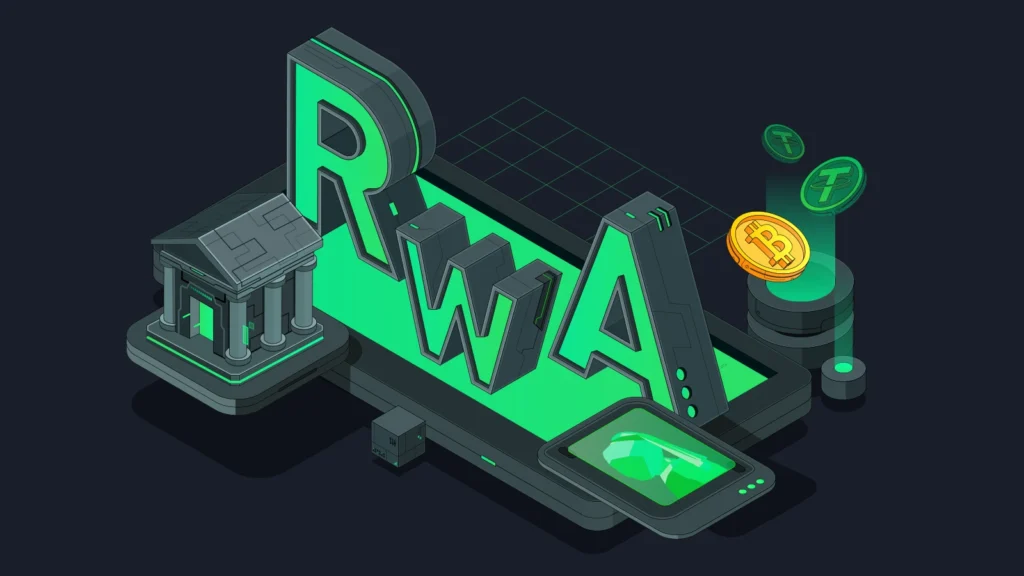
How Real World Asset Tokenization Works (And Why You Should Care)
Let’s use a relatable example. Say you own a $500,000 rental property. Traditionally, someone would need serious capital to invest in it. But tokenization changes the game. Break that property into 100,000 tokens. Now, someone with just $50 can own a piece of the pie.
Each token represents fractional ownership and lives on a blockchain — which means faster transactions, round-the-clock trading, and a clear record of who owns what. That kind of transparency and accessibility isn’t just helpful — it’s revolutionary.
And this isn’t some abstract possibility. This is happening. Right now.
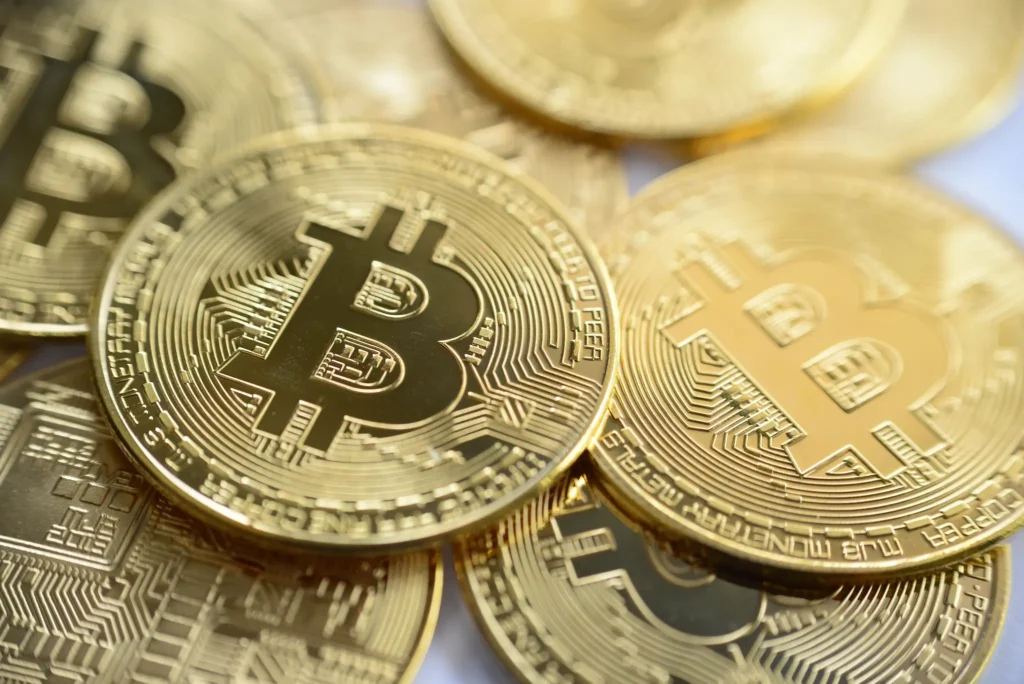
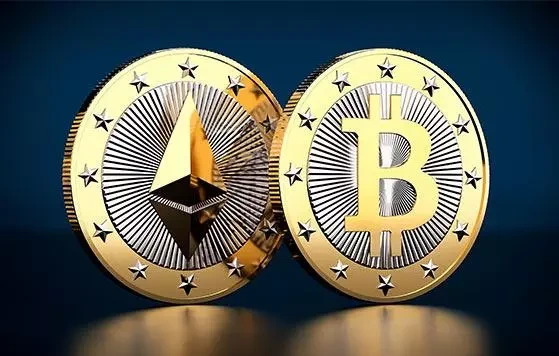
Why Real World Asset on Blockchain Actually Matter
Here’s why this trend isn’t just smoke and mirrors:
- Access – Tokenization lowers the financial barrier. You no longer need to be a millionaire to invest like one.
- Liquidity – Traditional assets like property are notoriously illiquid. Try selling a house on short notice. With tokenization, you’re not selling a house — you’re trading tokens, often instantly.
- Transparency – Blockchain makes everything traceable. Every transfer, every trade — permanently recorded. Goodbye, shady backroom deals.
Of course, there are growing pains. Regulations are inconsistent across borders, and if a platform disappears, your tokens might too. That’s a problem regulators must solve.
Are All Assets Tokenizable? Technically Yes — But Let’s Not Get Crazy
Theoretically, yes. Practically? Some things are just easier to tokenize.
- Obvious Choices: Real estate, gold, blue-chip art. Assets with established value and markets.
- Stretch Picks: Rare wines, luxury watches, music royalties. These can work, but they’re messy — harder to value, harder to regulate.
Just because something can be tokenized doesn’t mean it should be. But the idea that only a narrow set of assets qualify? That’s an outdated view.
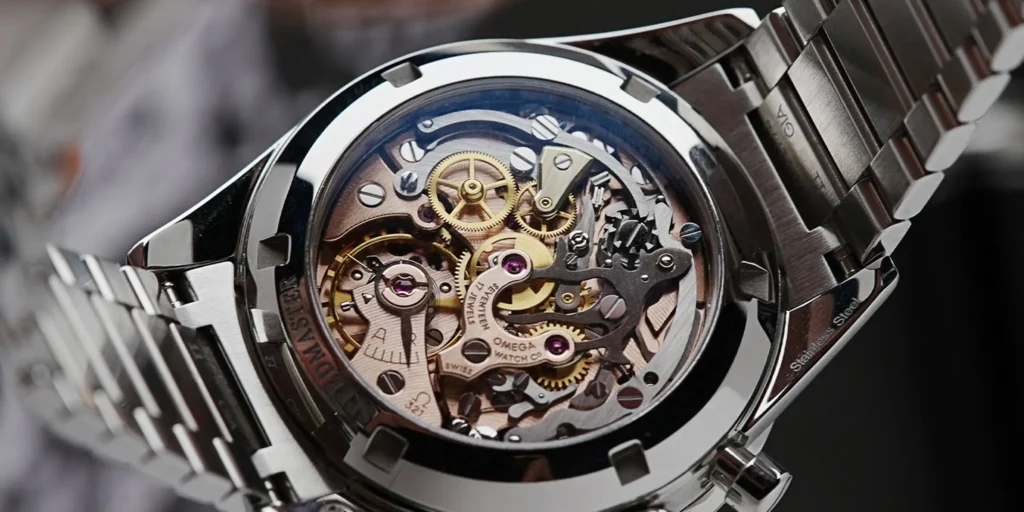

Tokenized Real World Assets vs. Traditional Investing
Let’s be blunt — traditional investing feels like trying to stream Netflix on dial-up.
Wire transfers, paperwork, middlemen, waiting days for settlement — it’s painfully slow. Tokenized investing? It’s click-and-own. 24/7 markets. No bank hours. No gatekeepers.
But faster isn’t always better. Some people worry it’s too easy — that inexperienced investors will jump into assets they don’t understand. That’s fair. Education and regulation will be the balancing act here.
Still, once you’ve tasted what tokenized investing can do, going back to the old way feels like mailing checks in 2025.
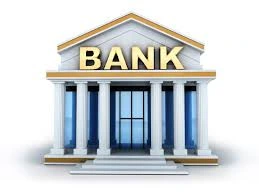

Where Is This All Going?
Follow the money. BlackRock, JPMorgan, Citigroup — all dabbling, piloting, investing. Governments in Singapore and the UAE are building out tokenized bond markets. This isn’t theoretical anymore. The gears are turning.
Sure, the road ahead is filled with potholes — unclear laws, custody issues, jurisdiction fights — but if those wrinkles get ironed out?
We’re looking at a financial system that’s faster, fairer, and more inclusive than anything we’ve seen before.


Final Thoughts: Real World Assets Are Going Digital — Are You Paying Attention?
Tokenized real world assets are no longer fringe. They’re at the forefront of a shift that could redefine how we understand ownership, investment, and financial access.
The potential? Huge. The challenges? Real. But make no mistake — this isn’t just another bubble. It’s a structural shift, and it’s picking up speed.
If you’re still on the fence, it’s time to stop watching and start understanding. Because the financial world is going digital — and the future favors those who are ready.
Relevant Link : Here

